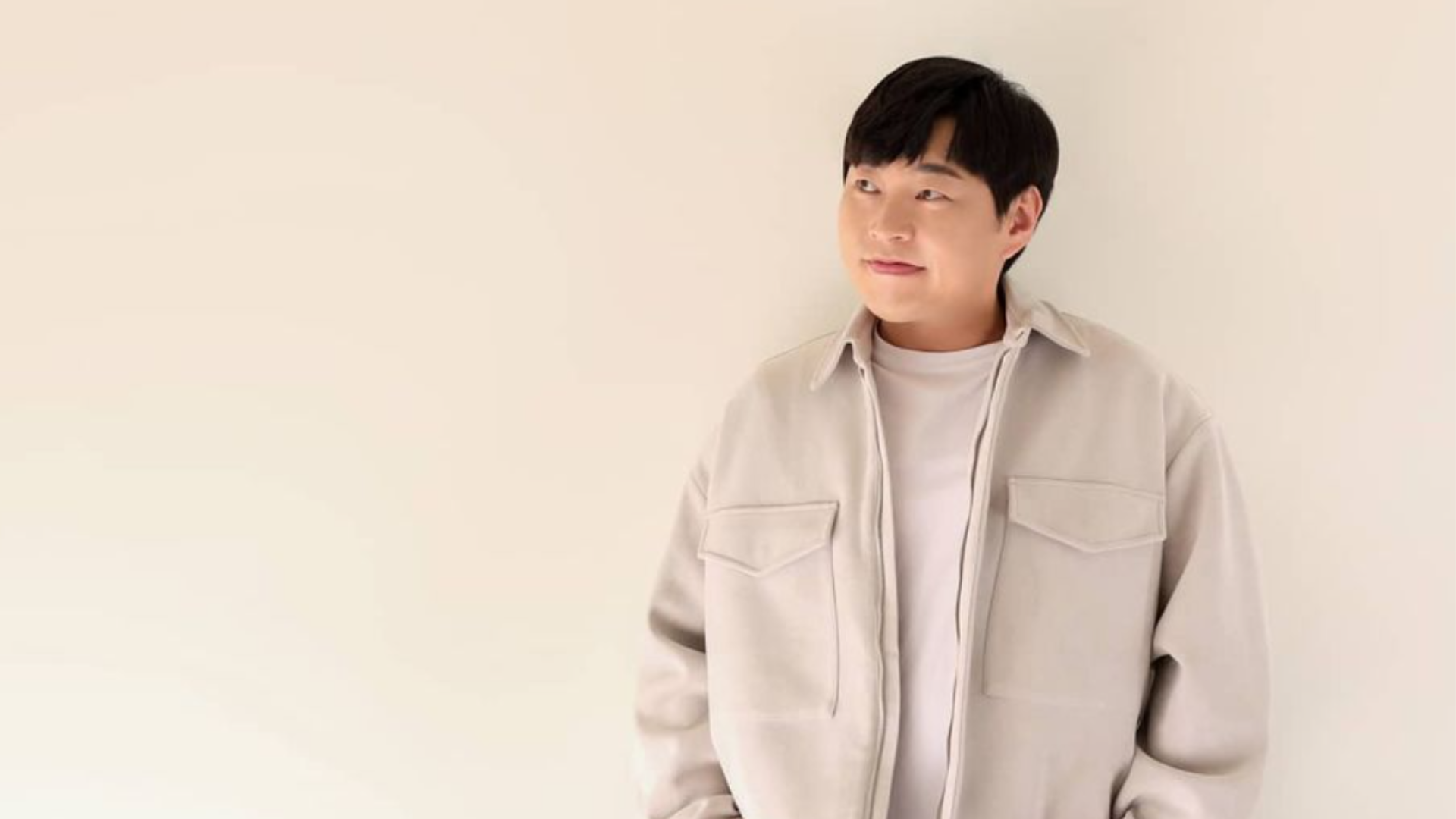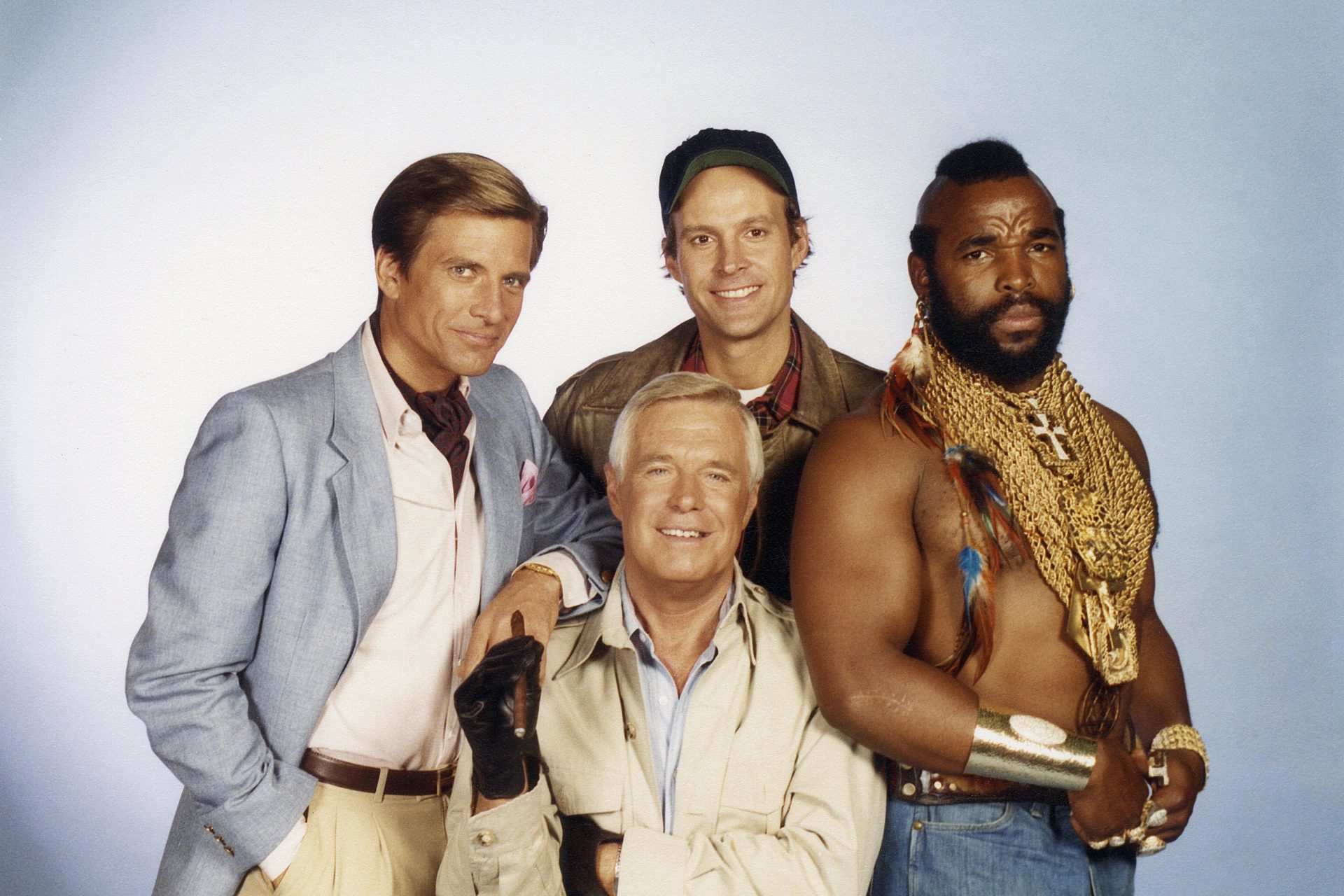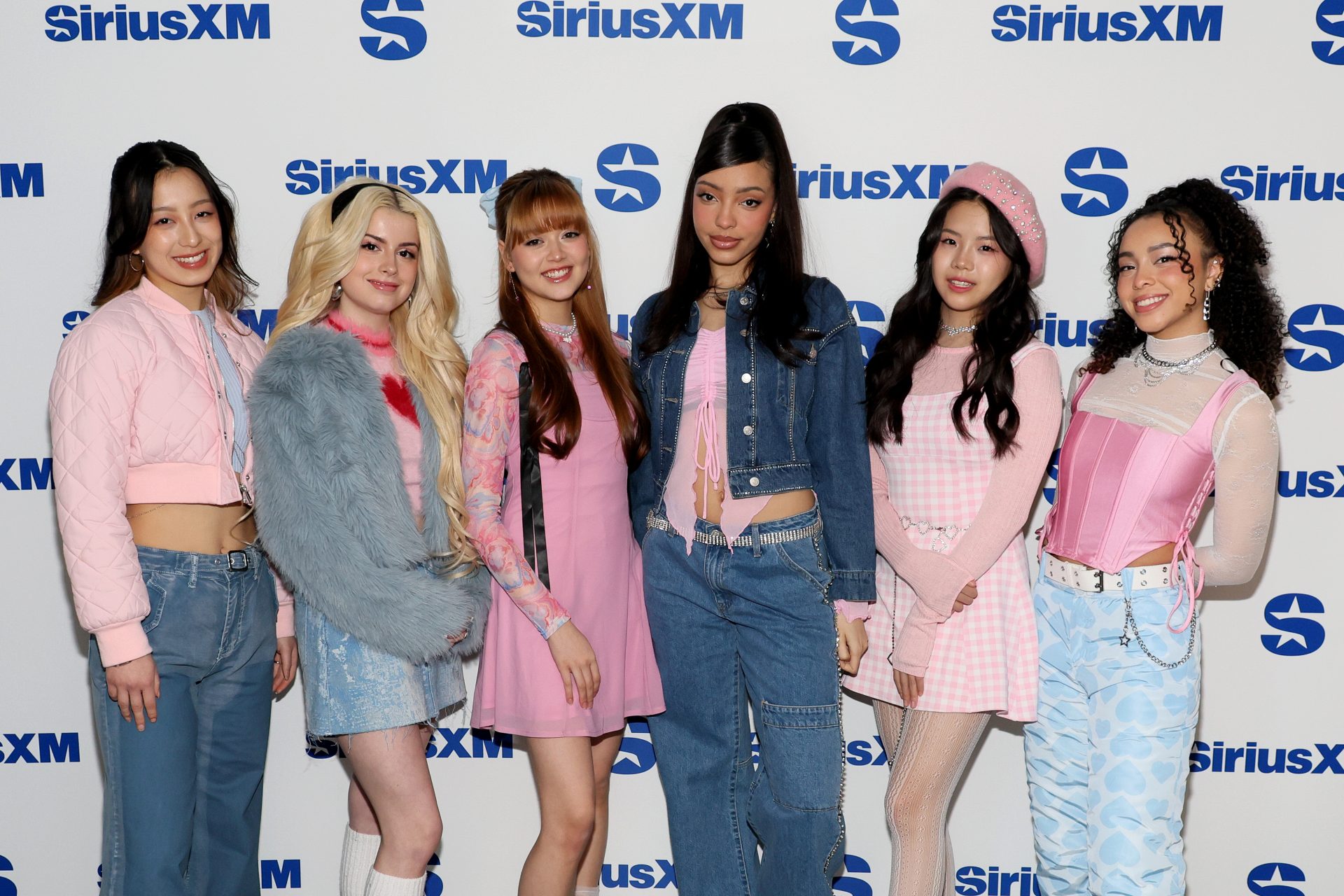Fashion and clothing, a market in crisis?
A page has turned in the world of fashion. Camaïeu, the French ready-to-wear fashion retailer, closed its doors in October after being placed in compulsory liquidation.
Founded in 1984 and based in Roubaix, a former stronghold of French textiles, the company specialized in the distribution of women's clothing. In 2018, it held more than 10% market share in women's ready-to-wear clothing in France, which represented 650 stores and around 2,600 jobs.
Will other brands be threatened with the same fate as Camaïeu? Several companies, including Celio, C&A, and Pimkie have experienced difficulties in recent years, and some observers believe that other bankruptcies may follow in the coming months.
Will the distribution of clothing experience the same collapse that the French textile industry decades earlier? Several clues seem to point to a difficult time ahead. Here's a quick overview of the situation.
Like all global markets, fashion and clothing are suffering from the current economic crisis. Inflation, employees working from home, and changes in customer behaviors and habits have all weakened the current model of clothing distribution.
The main short-term threat is rising costs. Rising energy prices and increased rents for store locations have greatly reduced profit margins and made many brands' financial situations worse.
Current inflation is also hurting the clothing market through consumer behavior. Faced with soaring prices, particularly energy, individuals are sacrificing unnecessary expenses like clothing, tourism, and leisure for those that are necessary, like housing, food, and transport.
In addition to inflation, in-person shopping at physical shops in France dropped by 15% between 2019 and 2022. The decrease in tourist attendance, the increase in teleworking, and the habit of ordering online have been the main drivers of the changing business environment.
The substitution of online sales for physical commerce was a trend that the pandemic only accelerated. While in-store sales experienced a slow erosion in the 2010s, the market share of e-commerce in France has gone from 6% in 2009 to 20% since then.
The clothing market is not dead, especially in countries like France, whose consumers attach great importance to fashion and clothing. But it is slowly changing, as shown by the decline of traditional distributors and the development of online commerce.
The sale of clothing online goes through a variety of channels: the online stores of fashion brands, of course, but also resale from individual to individual on platforms such as Vinted.
But other trends also explain the difficulties of classic brands like Camaïeu. New ways of producing and consuming have made the traditional store model somewhat dated.
More and more consumers are choosing their clothes not only based on quality or price, but also on their ethical and ecological character. Organic and sustainable materials, local manufacturing, and a social commitment are important to modern consumers. The entire fashion production and distribution chain has been revolutionized by certain brands.
For example, the Californian brand Patagonia specializes in outdoor attire and pioneered the use of organic and recycled textile materials. Something that has been very popular with consumers!
Veja is a French sneaker brand that has profoundly transformed each step of its production chain. The manufacturer relies not only on natural materials and ethical manufacturing but also on transparency in all of its business activities.
But the evolution of the fashion sector is also linked to questions of purchasing power since ethical and sustainable fashion remains financially inaccessible for many. The rapid development of second-hand shops in recent years has allowed consumers to dress smart for less.
The second-hand market is largely structured around thrift stores and dedicated stores. But like Kiabi, which had already built its reputation on low prices, some brands have also developed their own second-hand line.
Traditional brands also face competition from “fast fashion” businesses, such as China's Shein or the Ireland's Primark.
Between very low prices and rapidly changing fashions, these companies are subjecting traditional fashion brands to fierce competition, especially since young people are their target clientele.
But discount brands that don't specialize in clothing are also taking part in the price war. Distributors like Lidl or Aldi, which target a modest audience, offer clothes in stores at very low prices. And traditional supermarkets like Monoprix are also starting to sell second-hand.
For its part, the luxury sector is in better shape than ever, despite the economic crisis. But the mid-range market to which Camaïeu belonged is caught between two fires. On one end, there is a race for low prices that a growing part of the population demands, and on the other, there is a growing appetite for quality high-end products from those who can afford them, and the boom in e-commerce and ethical fashion has only accelerated these trends.
The market, therefore, seems more segmented than ever, between the search for bargains and the search for quality and durability. What will be the fashion of tomorrow be like? It's hard to say, but it certainly won't look like it has over the past decade.
































